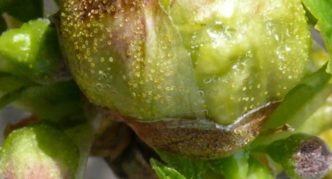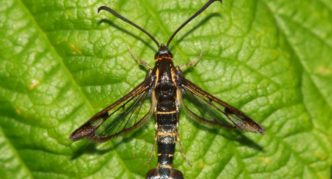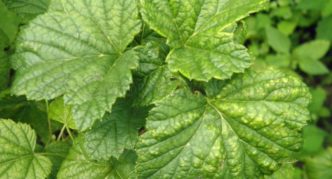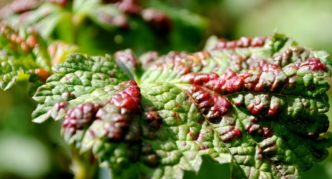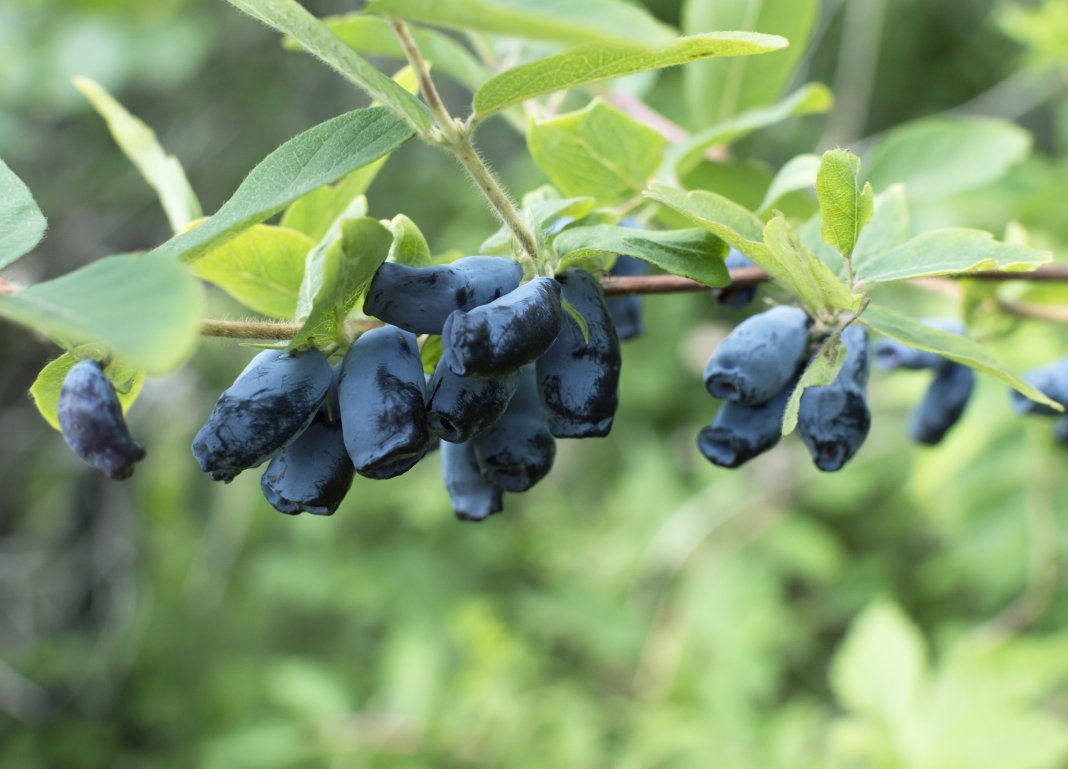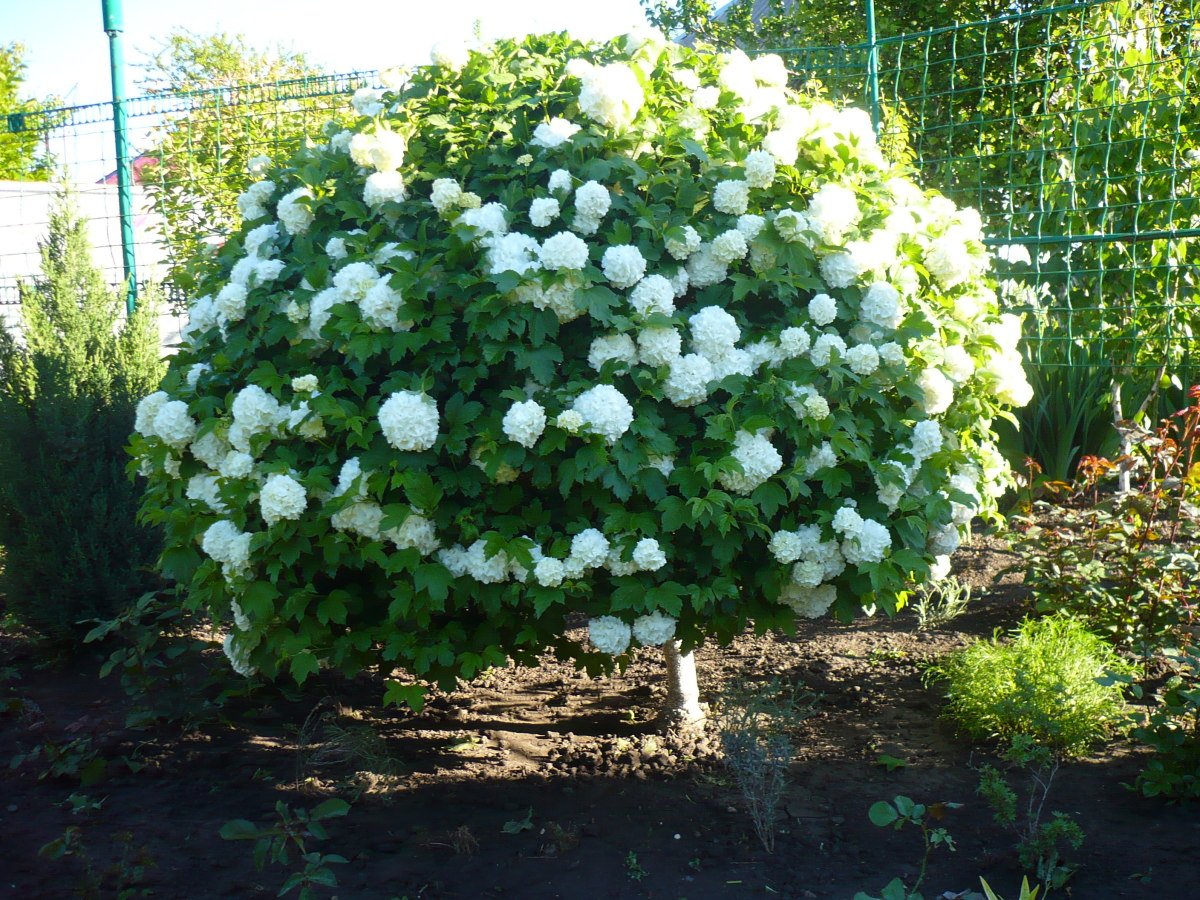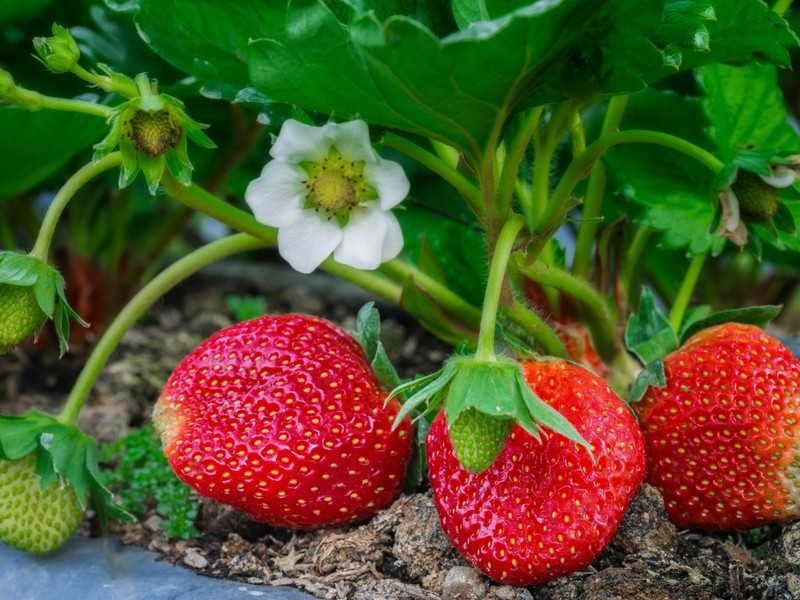Currants need to be properly cared for after harvest, regardless of their species. If you do not perform a number of manipulations, then the next year the yield of the bush will fall, and the berries will be tasteless and small. Caring for red, black and white currants after fruiting does not differ significantly and does not require special skills.
Features of caring for currants after harvest
After picking berries from currant bushes, the gardener will need to perform a number of the following plant care procedures:
- trimming;
- land cultivation;
- feeding;
- treatment against pests and common currant diseases;
- watering.
Usually, procedures are carried out in July-August.
Trimming
After fruiting, sanitary pruning should be carried out first, and then formative pruning. Step-by-step instructions for the first procedure:
- Cut off shoots over 3 years of age.
- Remove branches that hinder the full development of strong shoots.
- Get rid of all damaged and diseased branches.
It is advisable to burn the cut branches immediately, and treat the cut sites with garden pitch. In the course of formative pruning, the shrub should be shaped, leaving 15 healthy shoots under the age of 3 on it. Powerful annual branches need to be shortened by about 6 cm. Shrubs younger than 3 years of age only need sanitary pruning.
When the bush is more than three years old, healthy, strong branches have to be cut to avoid thickening:https://flowers.bigbadmole.com/en/yagody/smorodina/obrezka-smorodinyi-vesnoy.html
Land cultivation
Tillage will help increase oxygen availability to the root system. During the procedure, you should loosen the ground under the bushes, walking with a hoe over the soil crust. You also need to get rid of the weeds. Then you need to mulch the trunk circle with hay or sawdust.
Fertilization
After removing the berries in the summer, you need to feed the currants with mineral and organic fertilizers. First, you should dilute 1 tbsp in a bucket of water. l. potassium sulfate and superphosphate, and add a glass of wood ash to them. The resulting mixture should be poured under each currant bush. It is also recommended to feed the plant with organic matter once every 2 years in the autumn period at the rate of 5 kg of humus per 1 adult bush. After digging up the earth, you need to add phosphorus-potassium fertilizers, having previously treated the soil with a manganese solution. Chlorine-containing fertilizers should not be applied, since all types of currants do not tolerate chlorine.
Watering
Watering is recommended immediately after pruning. You need to use warm clean water. 4 buckets should be poured under black, and caring for red currants after harvest (as well as for white ones) implies half the volume - 2 buckets.
Black currants require more abundant watering, because the root system of this species is located close to the soil surface.
Parasite control
For prevention purposes, after picking berries, the bushes need to be treated with a Bordeaux mixture (1%). In this case, the processing procedure is recommended to be carried out every month. Currants can also be attacked by the following pests:
- Ticks. To kill parasites, drugs such as Kleschevit and Karbofos are used.
- Gall midges.Kinmiks and Aliot will help fight these pests.
- Glass-makers. First, you need to remove all infected branches so that the parasites do not get to the base of the bush. Then the currants should be treated with Fitoverm or Lepidocide.
- Aphid. Aktara will help get rid of parasites.
If there are no signs of the appearance of insects, the shrubs should not be treated with chemicals. To disinfect the soil, you can spill it with a weak manganese solution.
Currants are rich in vitamins, tasty and healthy, so gardeners often plant them on their plots. But sometimes they forget that in order to get a powerful harvest, it needs to be fed and watered:https://flowers.bigbadmole.com/en/yagody/smorodina/podkormka-smorodinyi-vesnoy.html
Photo: signs of pests
- Currant mites fill the bud and cause the plant to stop growing
- If glass beads attacked the currants, then its leaves and branches begin to dry out
- When infected with gall midges, currant leaves are deformed
- When aphids appear on foliage and branches, red-brown growths are formed
Video: recommendations of an experienced gardener
Correct and timely care of currants, carried out after picking berries, will help to give the bush an attractive appearance and get a rich harvest next year.

